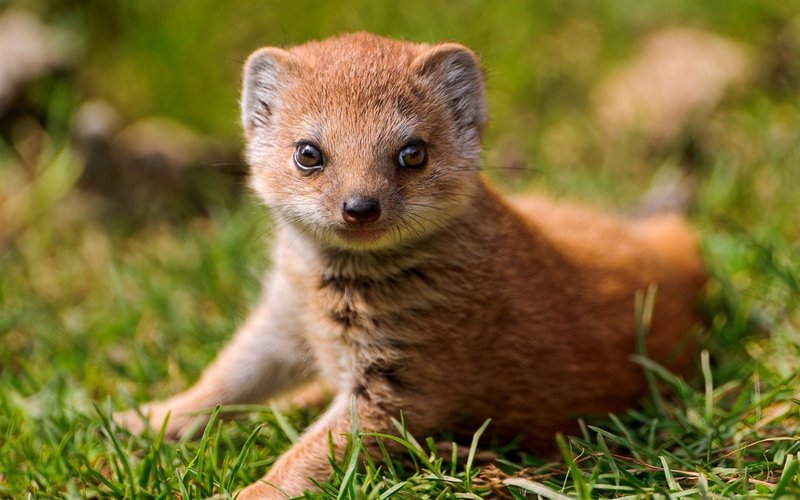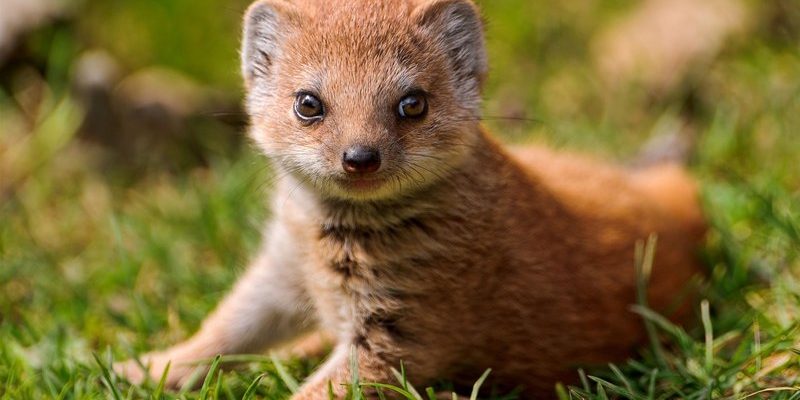
Mongooses are small, agile mammals known for their striking looks and unique behaviors. They often appear in movies as sharp-witted, quick-footed tricksters, especially in tales involving snake confrontations. But how much of what you’ve heard is true? Let’s dive into the common myths and misconceptions about mongooses, unravel the truth, and gain a clearer understanding of these intriguing animals.
Mongoose Family: The Basics
You might be surprised to learn that mongooses belong to the family Herpestidae, which consists of about 34 different species. These animals are primarily found in Africa and Asia, with a few species living in Europe. They’ve gained a lot of attention due to their cleverness and agility.
Mongooses can vary greatly in size. Some, like the dwarf mongoose, are only about a foot long, while others, like the tiger mongoose, can grow much larger. They typically have slender bodies, short legs, and bushy tails. Their fur ranges from gray to brown, often providing excellent camouflage in their natural habitats.
If you’ve seen them before, you know they’re quite social. Many mongooses live in groups called “mobs” or “clans,” where they work together to find food and protect one another from predators. Honestly, this social structure makes them quite entertaining to observe in the wild.
Myth
You might be wondering if mongooses are simply large rats or mice. Let me explain: mongooses are not rodents at all! Though they may share a similar appearance, they belong to a completely different family of mammals. The term “mongooses” refers to their classification as carnivores, much like we see in the family of cats and dogs.
While both mongooses and rodents are mammals with fur and give live birth, that’s where the similarities end. Mongooses are closer relatives to civets and hyenas than to rats or mice. So, next time you hear someone call a mongoose a “giant rodent,” you can confidently correct them!
Myth
Here’s the thing: it’s often said that mongooses can take on venomous snakes without a scratch. While it’s true that they have a natural resistance to some snake venoms, they aren’t completely immune. This ability is because mongooses have special proteins in their blood that neutralize certain toxins, which gives them the confidence to confront snakes like cobras.
However, this doesn’t mean they’re invincible. Mongooses can still get bitten, and a venomous snake can pose a serious threat. Their agility and quick reflexes are their best defense during these encounters, allowing them to dodge strikes and aim for the snake’s head. Watching a mongoose in action can be quite thrilling, showing nature’s raw power and strategy.
Myth
You might picture mongooses always being part of a large, boisterous pack, but that’s not the case. While species like the meerkat mongoose do indeed live in social groups, not all mongooses are so communal. Some species prefer a more solitary lifestyle.
For example, the Egyptian mongoose tends to roam alone or in pairs. This can make hunting and feeding more straightforward for them, as they can move around without the need for group coordination. So, while many mongooses enjoy the company of their peers, others are quite independent.
Myth
When you think of mongooses, you might imagine them as snake fighters, but their diet is much more varied than that. Mongooses are omnivores and will consume a wide range of foods, including insects, fruits, small mammals, and birds.
In fact, many species are quite opportunistic feeders. They might forage for insects in the ground or snatch up a small bird from a tree branch. Their adaptability in diet allows them to thrive in various habitats, from forests to savannas. So, while they’re famous for confronting snakes, it’s just one part of their diverse diet.
Myth
It’s not uncommon for people to think about keeping a mongoose as a pet, perhaps because they seem cute and quirky on screen. But here’s the truth: mongooses are wild animals with specific needs that are hard to meet in a domestic environment.
They require space to roam and explore, social interaction with their species, and a specialized diet. Keeping a mongoose as a pet can lead to stress and health issues for the animal. Plus, in many places, it’s illegal to own one without a special permit. So, while they may look adorable, it’s best to admire them from afar—like watching a captivating movie rather than trying to bring the film’s star home.
In conclusion, mongooses are fascinating creatures full of surprises. They aren’t just oversized rodents, and their lives aren’t solely dedicated to battling snakes. They exhibit diverse diets, lifestyles, and social structures that make them unique.
By understanding the truth behind these common myths and misconceptions, we can better appreciate the role mongooses play in their ecosystems. Next time you come across a documentary or hear a story about mongooses, remember these facts and share them with friends. With just a little knowledge, you can spark even more curiosity about the wonders of the animal kingdom!

